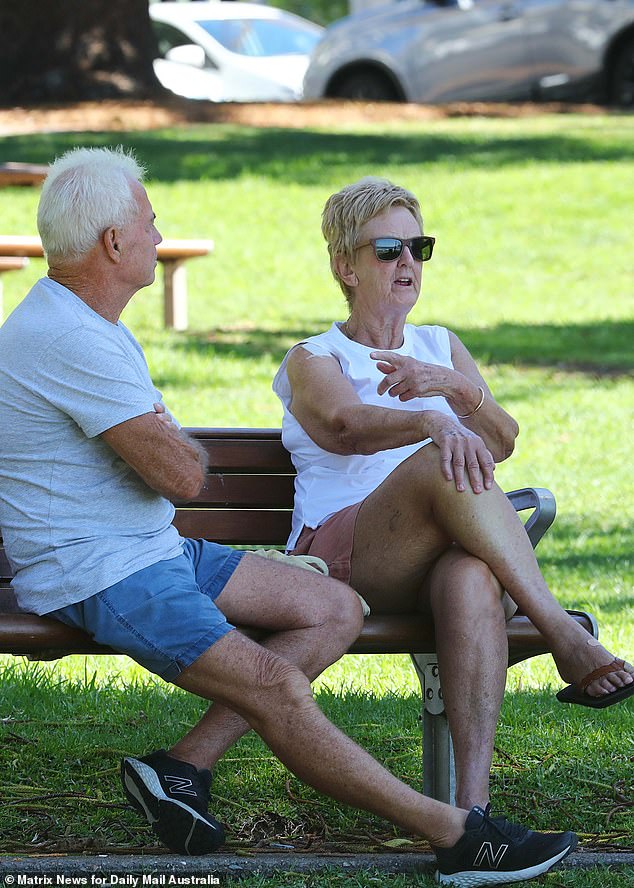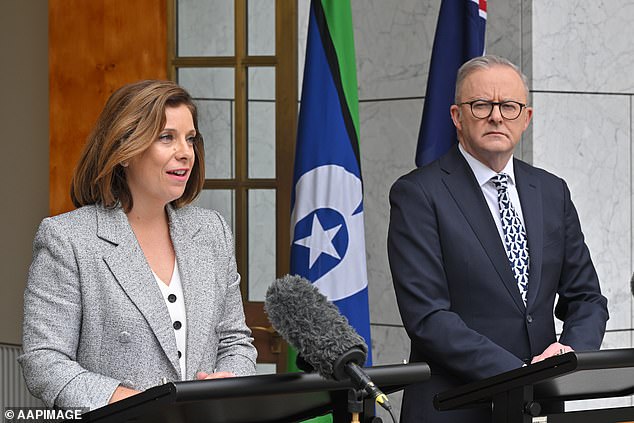Table of Contents
The Albanese government has introduced “once-in-a-generation” reforms to the aged care sector, including requirements for new residents in aged care facilities to make means-tested contributions of up to 80 per cent.
Prime Minister Anthony Albanese announced the $5.6 billion package on Thursday after reaching a deal with Peter Dutton’s coalition, pledging to “ensure the viability and quality of our aged care system and support” for the country’s ageing population.
At the heart of the reforms is a package called Support at Home, which would come into effect on July 1 next year and provide support for older Australians who do not want to move into a care facility.
For Australians staying at home…
The new system would support clinical care, including nursing or occupational therapy.
Retirees would also be given support to remain independent, performing tasks such as showering, dressing and taking medication, as well as assistance with household tasks such as cleaning, gardening, meal preparation and shopping.
Clinical care costs, such as seeing a nurse or occupational therapist, would be fully covered by the government.
Support for daily living would also be available, including assistance with household tasks such as cleaning, gardening, meal preparation and shopping.
But retirees would make individual contributions toward their daily living costs, which would be subject to a means test.
Anthony Albanese announced the reforms on Thursday, with the support of Aged Care Minister Anika Wells (pictured, together).
Full pensioners would be charged a discounted rate of 17.5 percent of daily costs and only five percent of independence costs.
Self-funded retirees, however, would contribute 80 percent of daily costs and 50 percent of independence support costs.
There would be a limit on anyone contributing more than $130,000 to their own medical care over a lifetime.
Each Home Support contribution would count toward that limit.
All dying Australians would also be eligible for $25,000 to spend on their final three months of palliative care at home, rather than having to go to hospital.
For retirees who enter nursing homes…
The reforms mean that new entrants into the aged care system would have to make larger, means-tested contributions to their own care.
But the “no worse off” principle means that contributions will not change for anyone already in the system.

Under the reform, all new entrants to the elderly care sector would have to pay substantially more (archive image)
In residential aged care facilities, providers would be able to charge $750,000 for a room without seeking special approval (an increase of $200,000 above the current limit) and prices would be indexed over time.
Providers would also be able to retain two per cent of residents’ accommodation deposits per year for five years, which comes after research found nearly half of providers report losses on accommodation.
The government would save $12.6 billion in 11 years after the reforms.
The Commonwealth will remain the primary funder of aged care, contributing $3.30 for every $1 contributed by a residential care recipient, and $7.80 for every $1 contributed by a home care recipient.
The reforms also call for an additional $930 million in spending over four years to help protect the rights of older Australians.
A new complaints commissioner would be created and providers and people in leadership positions would be held accountable.

The reforms would not affect those already in the elderly care system (file image)
Premier Anthony Albanese described the reforms as “the biggest improvement in aged care in 30 years”.
“It’s about taking care of the generation that took care of us,” Albanese said.
“Reforms like this don’t happen every day, they happen once a generation.”
Shadow aged care minister Anne Ruston said the opposition welcomed the bill.
“We remain disappointed by the lack of transparency the government has demonstrated throughout this process, with discussions forced to take place behind closed doors,” he said.
“We now look forward to having an open conversation with older Australians and the aged care sector about the government’s proposed reforms.”

